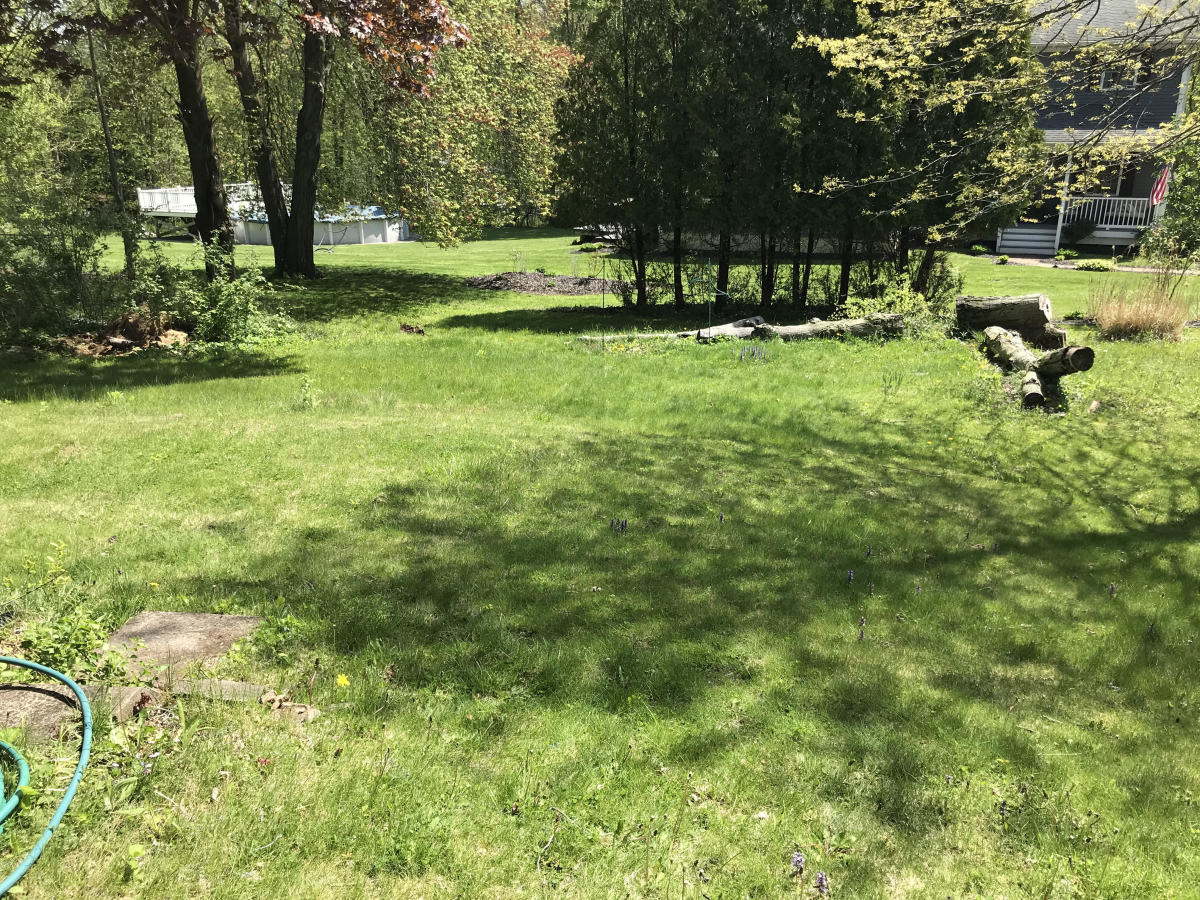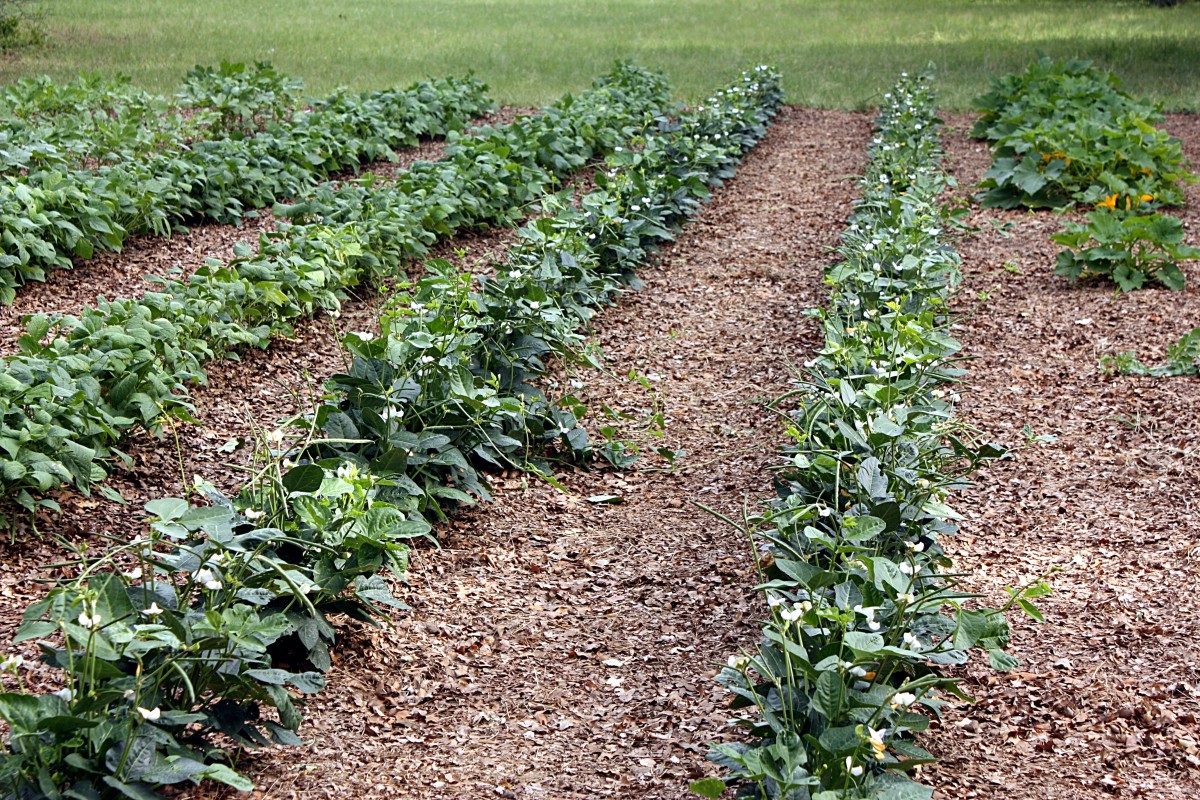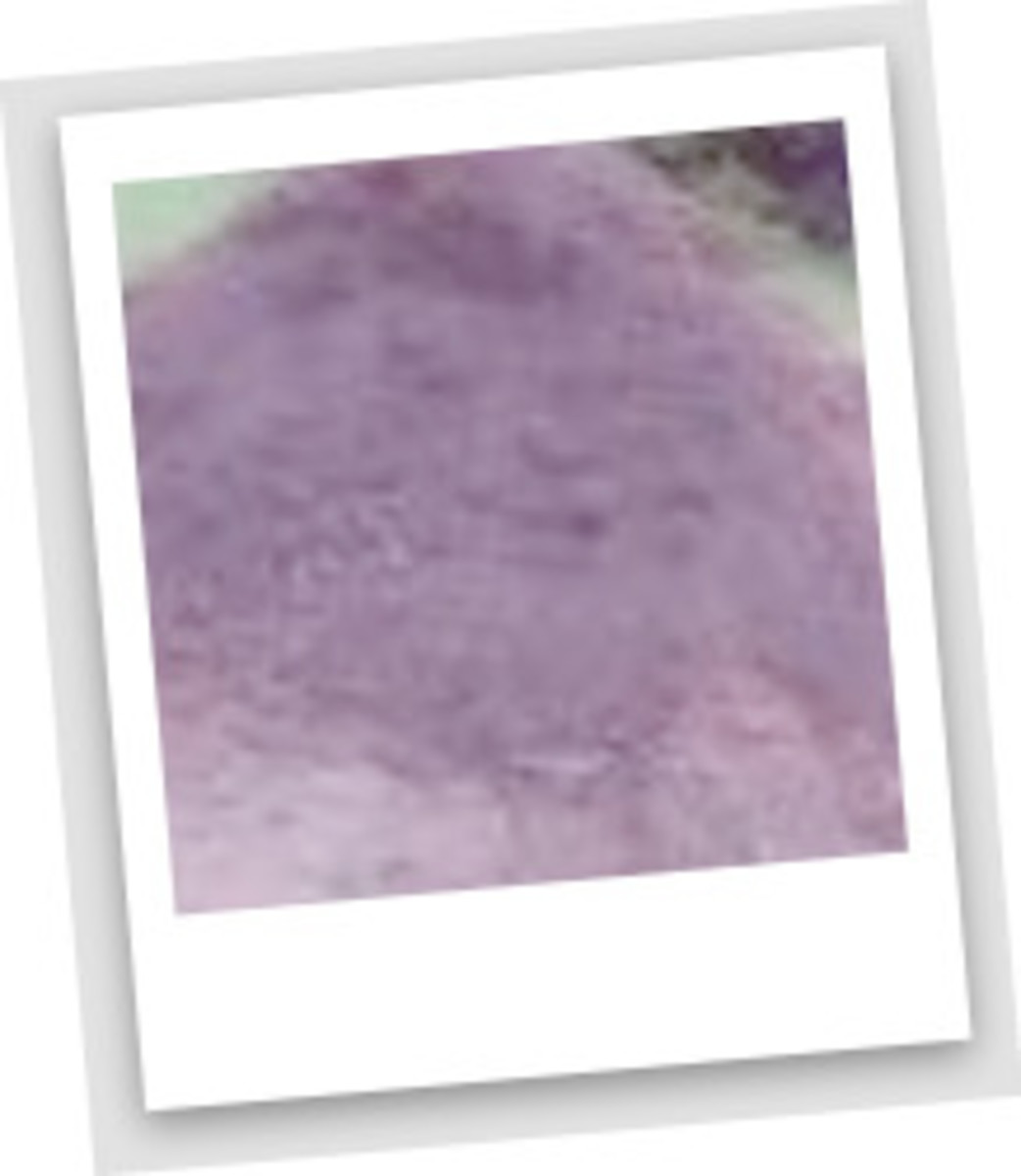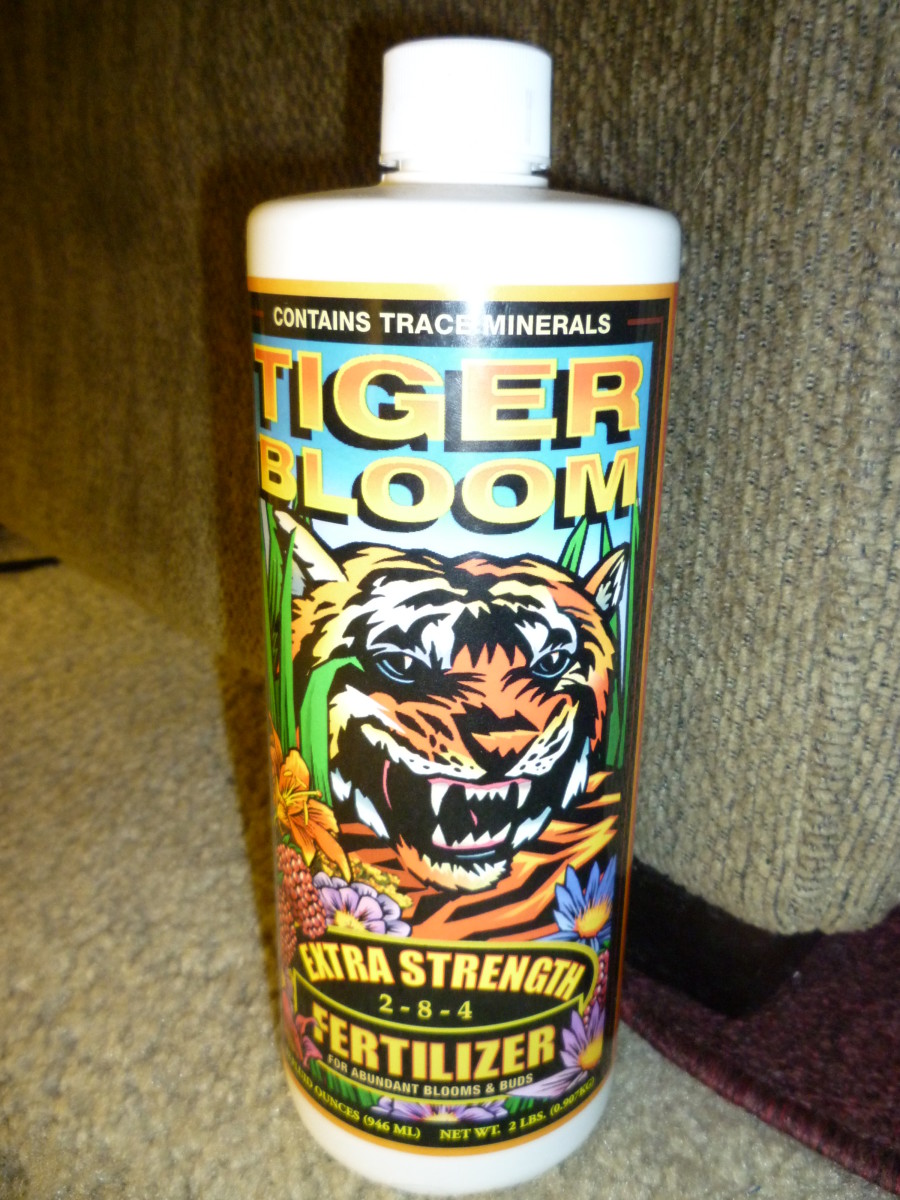Natural Fertilizers
Plants Need Nutrients
Plants need certain nutrients to grow healthy and at their full potential. Fertilizers supplement the nutrition elements already present in the soil, creating for plants a comprehensive food resource.
Compost, a Natural Fertilizer
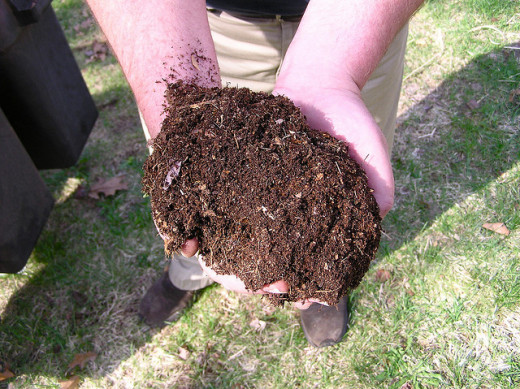
What Is the Best Fertilizer?
Generally speaking, depending on the soil type that you have to work with, you'll need to have different approaches to soil treatment, and the best fertilizer for one soil may not help another.
With the soil type you must also consider what you are trying to grow: lawns, trees and shrubs, or flowers and vegetables have different needs in terms of soil condition and chemical nutrients.
In the fertilizer family there are two main types: organic (or natural) and inorganic ones.
Inorganic Fertilizers
Inorganic fertilizers, usually available in a granular form, are produced by a chemical process in a factory. These fertilizers quickly release nutrients to the soil, and the amount of the three main nutrients is clearly indicated on the package by three numbers.
The numbers always indicate the chemicals in order: Nitrogen-Phosphorus-Potassium.
For example if the label says 15-5-10, the fertilizer contains 15% Nitrogen, 5% Phosphorus, and 10% Potassium. The remainder 70% is inert filler. There are many combinations of fertilizer to meet specific needs.
Synthetic fertilizers don’t improve the soil life or add any organic matter. Their release of chemicals is pretty fast, and an over-dosage of fertilizer can damage or kill the plants.
As nutrients are readily available to plants, they are also easy to wash out and waste, with a big rain or excessive watering.
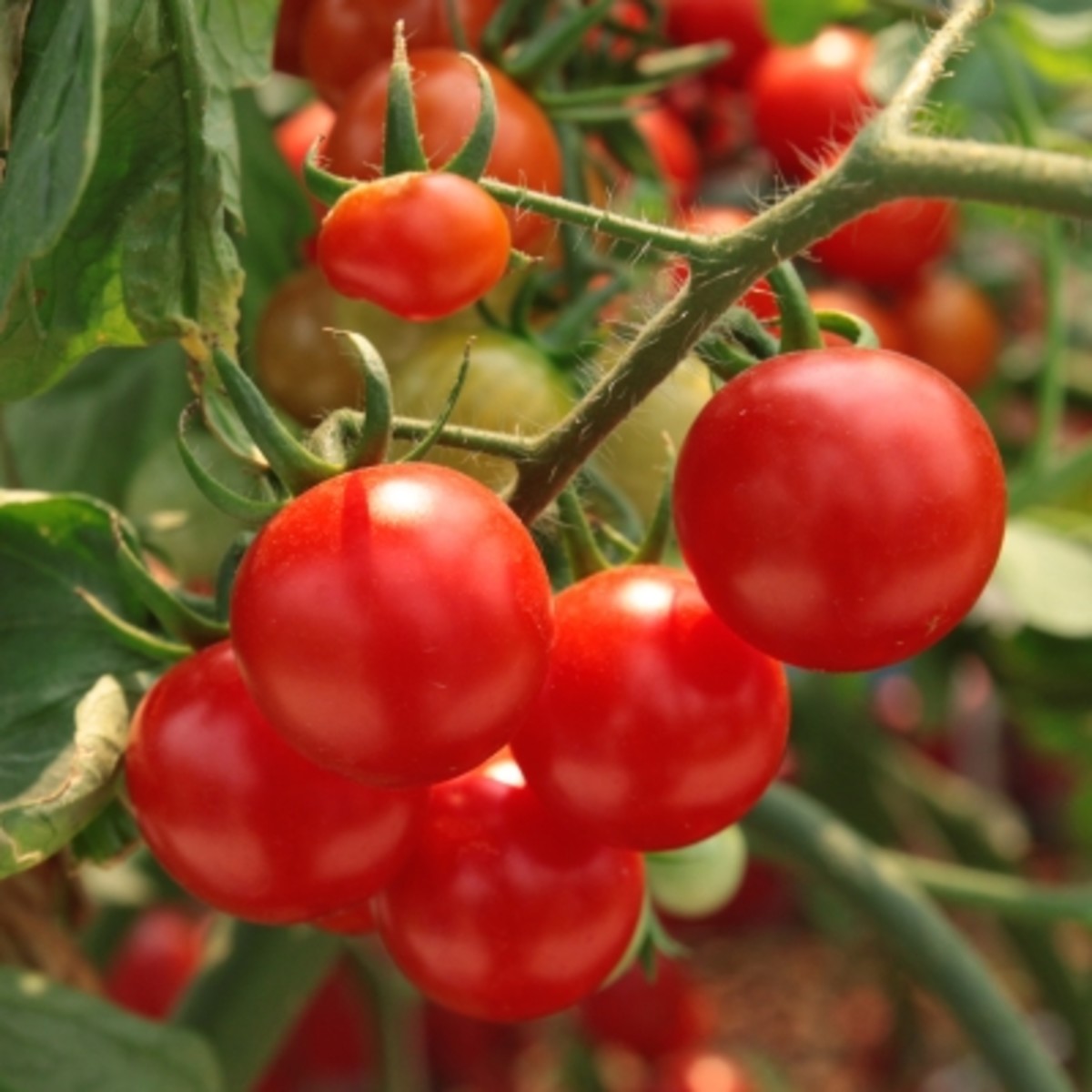
Organic Fertilizers
In nature, plants don’t need fertilizing because they get their nutrition from decaying dead plants and animals, eroding rocks, and other naturally occurring processes that release the needed chemicals in the soil, becoming available to the roots as food.
Organic fertilizers rely on the same natural principles, and use organic matter to produce plant nutrients, rather that utilizing synthetic sources. They can be of animal, vegetal, or mineral nature and, depending on the type, they’ll provide different chemicals and nutrients.
There is some confusion on the word organic, due to the fact that organic is used in different way and meanings. For the purpose of this article, Organic and Natural are used as synonyms, to indicate fertilizers derived from organic and natural matter, such as leaves, bone, or manure.
Advantages of Using Natural Fertilizers
- Natural, or organic, fertilizers, release their chemicals slowly, so the plant can take advantage of the nutrients for a longer time.
- The nutrients are in complex molecules, and they can resist rain, without being washed away.
- They are beneficial to the soil microbes and earth worms that contribute making nutrients available to plants, hence enhancing the soil health.
- It is difficult to over-feed your plants, since only what is broken down by the soil life will be available to the plants.
- They enhance the structure of the soil, adding organic matter and humus that also help retain soil moisture.
Fertilizer does no good in a heap, but a little spread around works miracles all over.
— Richard Brinsley SheridanUsing Compost as Fertilizer
One of the easier natural fertilizers for anyone to produce at home is compost.
Compost can be used in many ways by a gardener, but the main way is usually to be dug into the soil in order to improve texture and fertility.
Unless you create compost from high-nutrient matter, such as manure, the chemical nutrients present in compost are not enough to provide a good fertilization of your soil. The main purpose of compost is to improve the structure, aeration, and nutrient holding capacity of the soil.
Compost can also be spread on the lawn as top dressing, or around flowers, shrubs, and vegetables to stimulate growth.
All You Need to Know About Building a Compost Pile
How Do You Compost at Home?
Pretty much any organic material can go into the compost pile or bin, as long as it's shredded small enough to process. Avoid meat scraps because they attract animal pests.
Other than that you can throw in: weeds, grass clippings, leaves, table scraps, wood shavings, sawdust, animal manures, peat moss, and even commercial fertilizers. Fall is a great supplier for the compost pile, with all the lawn and yard waste.
A good compost pile will get quite hot in the center, with all the chemical reaction breaking down the organic matter. After a few weeks turn it over, working the outer layers into the center, so that the all thing gets processed.
Manure
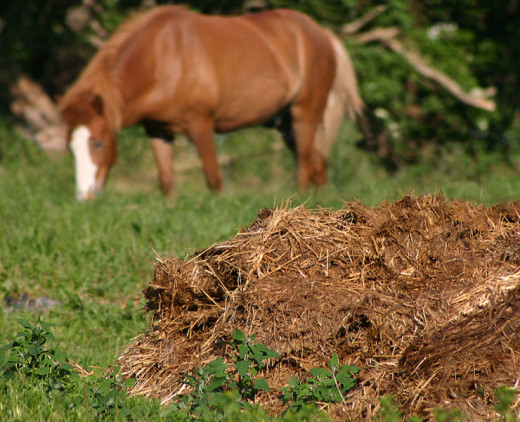
Animal Manure as Fertilizer
Animal manure is a great provider of nutrients for the soil.
You can use manure from all kinds of animals: chickens, rabbits, cows, horses, etc. Avoid using manures from cats, dogs, and pigs, because they may contain pathogens that can survive composting and remain infectious for people.
Before manure can be used as fertilizer, it needs to fully compost. Raw manure can damage roots, burn plants, increase the acidity of the soil, pollute ground water, and contaminate edibles.
Guano, a very efficient fertilizer, is also a kind of manure; in fact it is made with the droppings of sea birds, bats, and seals.
Bone Meal as Fertilizer
Bone meal is made from ground bones, and it’s a rich fertilizer, that provides all three the main nutrients N, P, and K, with about 12% of Phosphorus. It works well for acid soil, and it releases its nutrients slowly, but when finely ground the release is faster.
About the different “meals”. Bone meal and blood meal are made from slaughterhouse leftovers. Seed meals are taken from what's left after cotton is harvested or certain oil seeds are processed.
Roles of Nitrogen, Phosphorus, and Potassium in Fertilizers
Chemical
| Uses
|
|---|---|
Nitrogen (N)
| Stimulates plant growth, and a deeper green color.
|
Phosphorus (P)
| Helps root development and prevents stunted growth.
|
Potassium (K)
| Helps the plants to produce sugar and starches, that are used by the plant as energy food, and helps also disease resistance.
|
Grade of Fertilizer and Suggested Lawn Uses
GRADE
| WHEN TO USE
|
|---|---|
5-20-10
| For lawns testing low in Phosphorus
|
5-10-10
| For lawns not regularly fertilized, or for a new lawn's seedbed
|
10-10-10
| For lawns in need of extra Phosphorus and Potassium, but not impoverished
|
15-10-10
| For lawns fertilized regularly but in need of more Phosphorus
|
20-10-5
| Lawn stimulation; too little Potassium for regular use, too high Nitrogen to be healty used regularly.
|
Some fertilizer grades and suggestions for what uses they could have on the lawn.
© 2012 Robie Benve

